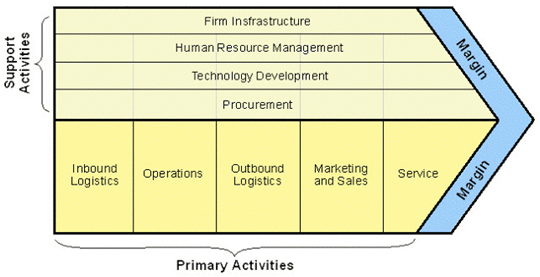Geodata, MappSnap and Industrial Real Estate
Geodata is widely used in many commercial internet applications like Yelp, Google Maps, Twitter, Foursquare and Factual. Many of these web services match your phone’s location to their own mapping programs. In most cases location data is an aid to sell goods and services. I use the same relationship between point data and the connected internet to find more real estate deals using MappSnap.

Continue reading “Geodata, MappSnap and Industrial Real Estate”





%5B1%5D.jpg)

.jpg)